When it comes to skincare, choosing the right product base—cream, ointment, or gel—can make all the difference in how effective your treatment is. Whether you’re managing dry skin, acne, eczema, or psoriasis, understanding the differences between these formulations can help you get the best results.
In this guide, we’ll break down the pros and cons of each type, explain how they interact with skin types and weather conditions, and help you choose the right one for your needs.
Texture and Composition
Creams are typically a mix of water and oil, usually in equal parts. They have a light texture and are easy to spread and absorb.
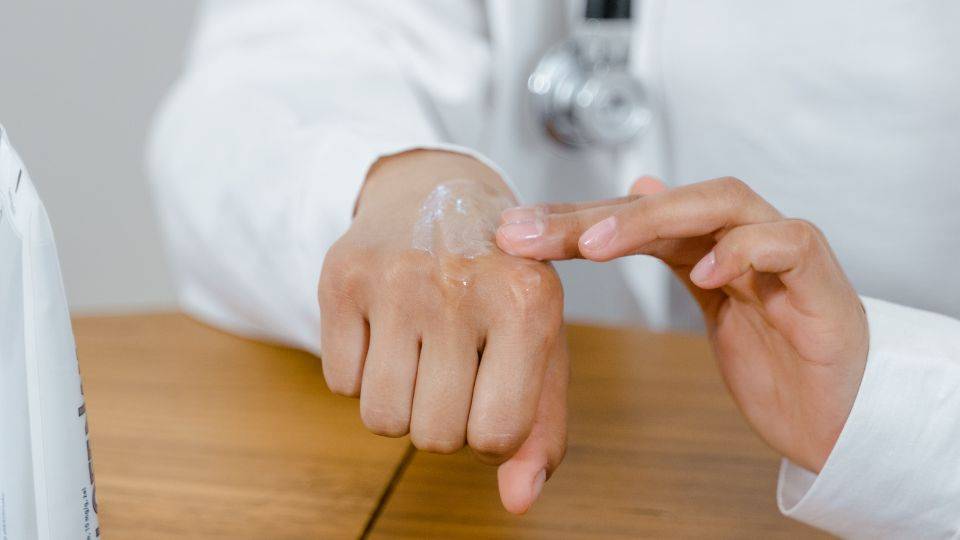
Ideal For:
Normal to slightly dry skin
Daytime use
Use on both face and body
Mild skin conditions like eczema, psoriasis, or rosacea
Pros:
Hydrates without feeling greasy
Allows skin to breathe
Works well under makeup
Cons:
Not as moisturising as ointments
May need reapplication in very dry conditions
Best Weather Conditions:
Mild to warm weather: Creams strike a good balance between moisture and breathability.
Texture and Composition
Ointments are mostly oil-based, with little to no water. This gives them a thick, greasy consistency. They form a protective layer over the skin to lock in moisture
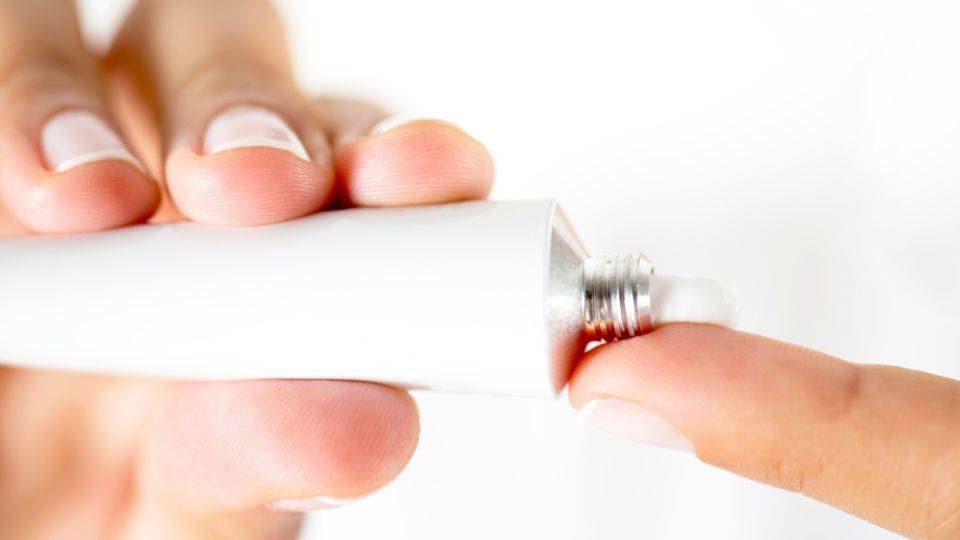
Ideal For:
Very dry, cracked or scaly skin
Night-time use
Skin conditions needing moisture retention like psoriasis, eczema, and lichen planus
Pros:
Deep moisturising effect
Longer-lasting than creams or gels
Enhances absorption of active ingredients
Cons:
Can feel sticky or greasy
May stain clothes or bedding
Best Weather Conditions:
Cold, windy, or dry climates: Perfect for winter when the skin loses moisture more easily.
Texture and Composition
Gels are water or alcohol-based and usually contain no oil. They have a lightweight, cooling texture and dry quickly without leaving residue.
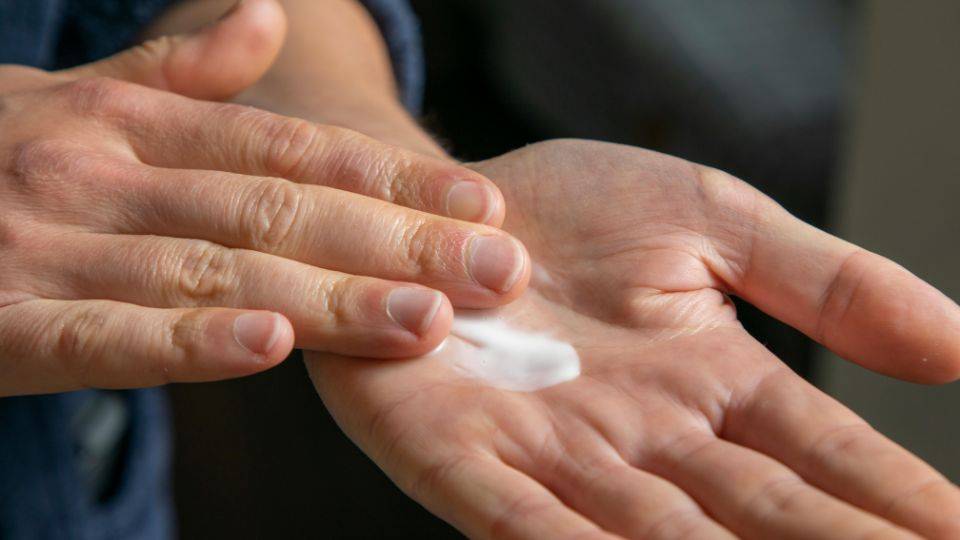
Ideal For:
Oily or acne-prone skin
Scalp and hairy areas
Conditions like acne, fungal infections, or rosacea
Pros:
Non-greasy and fast-absorbing
Cooling and soothing
Suitable for hot climates
Cons:
Can be drying
Not ideal for very dry or sensitive skin
Best Weather Conditions:
Hot and humid climates: Gels allow the skin to breathe and avoid clogging pores.
| Feature | Cream | Ointment | Gel |
|---|---|---|---|
| Base | Water & oil | Mainly oil | Water or alcohol |
| Texture | Light | Thick & greasy | Lightweight |
| Best for | Normal skin | Very dry skin | Oily/acne-prone skin |
| Absorption | Moderate | Slow | Fast |
| Use on | Face & body | Body or thick skin | Face, scalp |
| Weather suitability | Mild/warm | Cold/dry | Hot/humid |
For Dry or Sensitive Skin:
Go for a cream if mild, or ointment if very dry or cracked. They help restore the skin’s barrier.
For Oily or Acne-Prone Skin:
Choose a gel. It absorbs quickly and doesn’t clog pores, ideal for acne treatments.
For Combination Skin:
Use cream during the day and ointment at night on drier areas.
For Scalp or Hairy Areas:
Gels or liquid-based lotions work best as they’re easy to apply and absorb quickly.
Proper application improves absorption and treatment results.
If you’re using more than one topical treatment, it’s essential to apply them in the right order and allow appropriate gaps to prevent dilution or irritation.
🧼 General Rule of Thumb (Apply in this order):
Gels first – lightest and fastest drying.
Creams second – more moisturising.
Ointments last – thickest and acts as a sealant.
⏱️ Timing Gap Between Applications:
Wait at least 10 to 15 minutes between layers.
Let each product fully absorb before applying the next one.
If you’re in a rush, gently dab off excess before applying the next treatment.
If you’re using medicated products, always apply them before emollients, unless advised otherwise.
Leave a 30-minute gap between a steroid cream and a moisturiser if they are not meant to be layered.
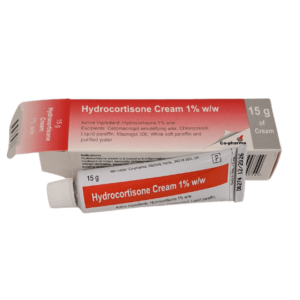
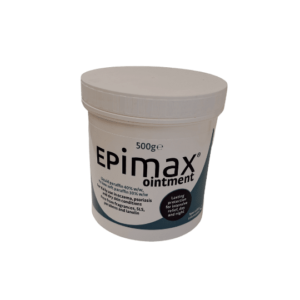
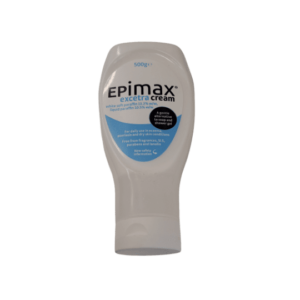

Many ointments, especially for eczema and psoriasis, contain paraffin which is highly flammable.
⚠️ Safety Tips:
Avoid naked flames or smoking near paraffin-treated skin or clothing.
Wash clothing and bedding regularly, as residues build up and become a fire hazard.
Ask your pharmacist if your ointment contains white soft paraffin, liquid paraffin, or petroleum jelly.
🧯 Always:
Use caution with heaters, electric blankets, and open flames.
Inform carers or family members about the flammability risks.
Speak to your pharmacist or GP if:
The condition worsens or spreads
You develop a rash, stinging, or burning
You’re unsure how to layer products
You need long-term topical steroid use or treatment review
Need help selecting the right cream, ointment or gel for your skin?
👉 Visit OnlineChemistUK.net
We offer:
Steroid creams
Emollients for eczema and psoriasis
Antifungal creams and gels
Topical acne treatments
📞 Speak to our UK-registered pharmacists for personalised advice. Fast delivery and free expert support available.
Authored by:

BPharm, MPharm, PGDip (Pharmacy), MRPharmS, IP
Pharmacist Independent Prescriber
GPhC Number: 2083409

Online Chemist
82 Middleton Road
Gorleston
Great Yarmouth
Norfolk, NR31 7AH
Phone: 01493 600610
Email: info@onlinechemistuk.net
Superintendent Pharmacist:
Obaidullah Zaman
BPharm, MPharm, PGDip (Pharmacy), MRPharmS, IP
GPhC Reg. Number: 2083409
Pharmacy Premises GPhC Reg. Number: 9011159
Monday 09:00 – 17:00
Tuesday 09:00 – 17:00
Wednesday 09:00 – 17:00
Thursday 09:00 – 17:00
Friday 09:00 – 17:00
Saturday Closed
Sunday Closed
Click here for driving directions
OnlineChemist is a trading name of Nomaz Limited.
Registered in England – 11349276.
© 2025 All rights reserved.